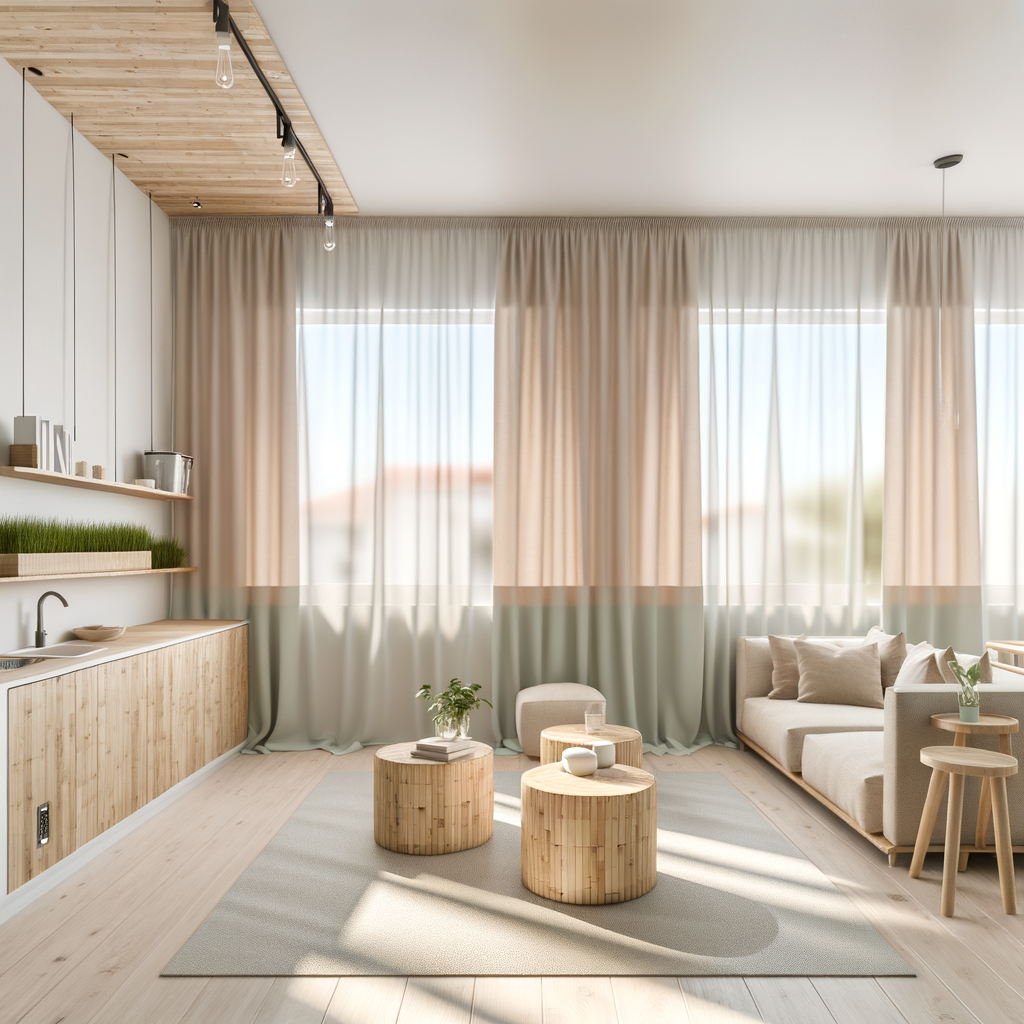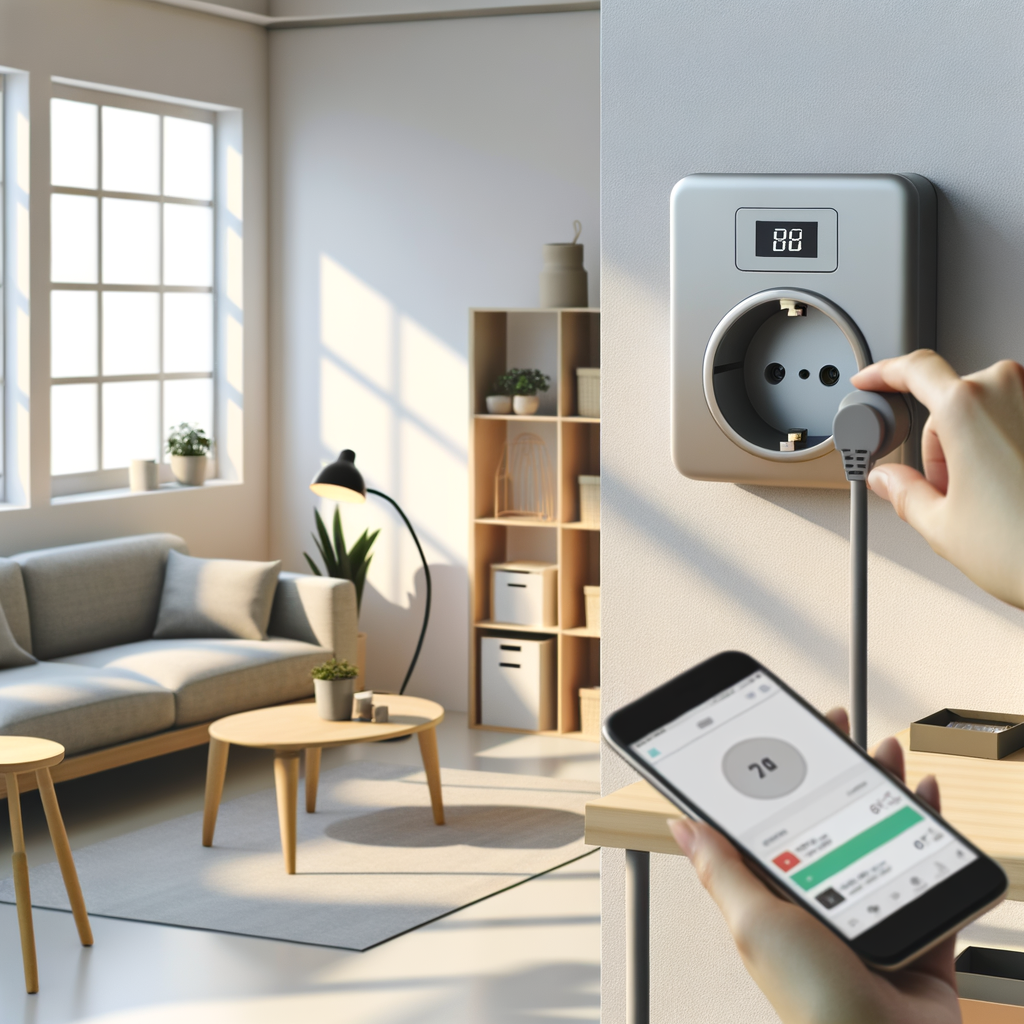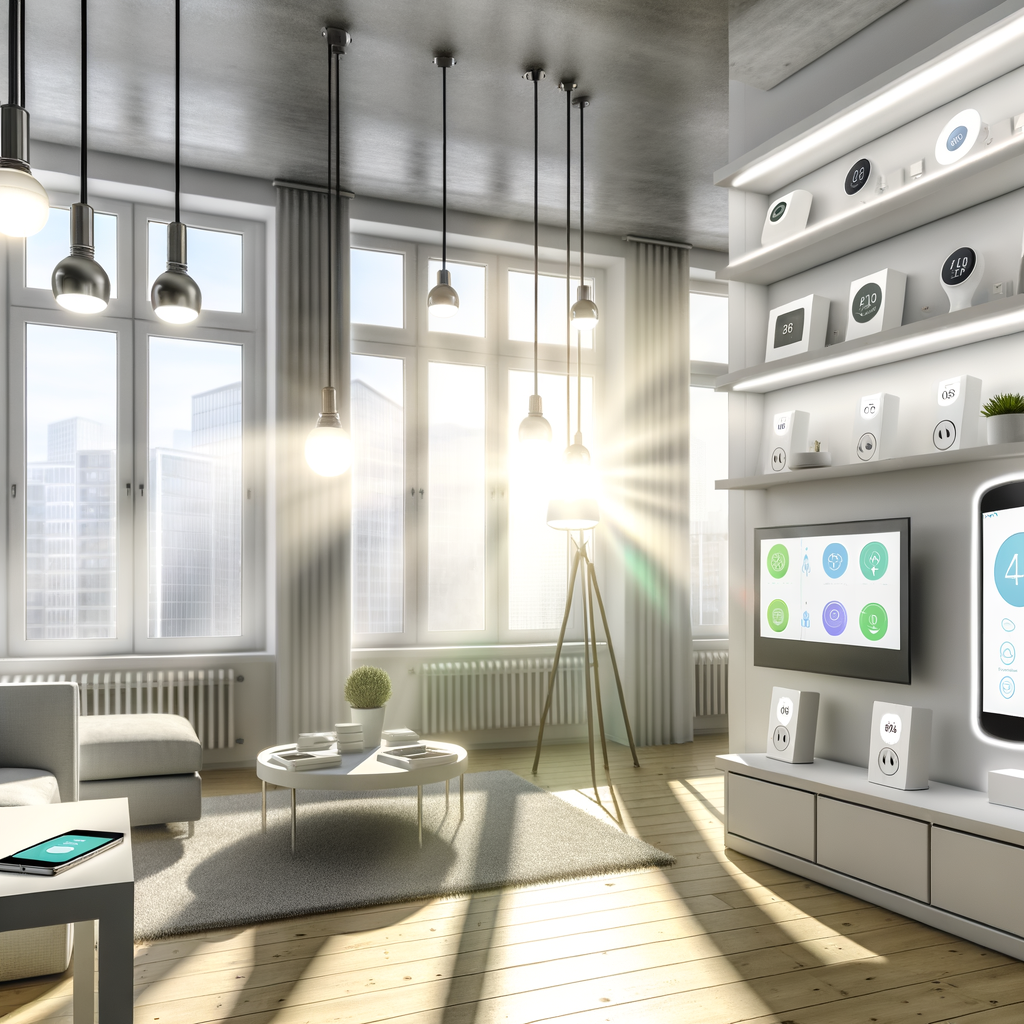How to Turn Your Rental into a Smart, Sustainable Haven Without Breaking Your Lease
Renting a home or apartment doesn’t mean you have to sacrifice sustainability or miss out on smart home conveniences. In fact, with today’s innovative products and mindful choices, you can create an eco-friendly, tech-savvy space—without risking your security deposit or violating your lease.
This guide is packed with simple, actionable steps to help you transform your rental into a smart, sustainable haven. Let’s explore the best ways to upgrade your living space, save money, and reduce your environmental footprint—all as a renter.
Why Make Your Rental Smarter and More Sustainable?
- Lower your utility bills: Smart devices and efficient solutions help reduce energy and water consumption.
- Enhance comfort and convenience: Voice controls, automation, and scheduling turn any rental into a modern retreat.
- Shrink your carbon footprint: Eco-friendly upgrades limit waste and conserve resources.
- Boost your well-being: Cleaner air, better lighting, and reduced toxins support a healthier lifestyle.
- Easy to install and remove: Most smart and sustainable upgrades are renter-friendly and won’t jeopardize your deposit.
Ready for a greener, smarter rental? Let’s dig in!
Getting Started: The Renter’s Approach
Review Your Lease and Communicate
- Read your lease for restrictions on alterations, device installation, or adhesives.
- Always ask your landlord before making noticeable changes or drilling holes.
- Choose options that are temporary, non-damaging, or easily reversible—this is key to keeping your security deposit safe.
Set Your Priorities
- Decide which areas matter most—energy use, air quality, water consumption, security, or maybe all of the above.
- Consider your budget and if you’ll move the upgrades with you.
Smart Home Tech for Renters
Smart Lighting
Lighting is one of the easiest, most impactful upgrades you can make. Smart bulbs and plugs require no wiring or installation expertise.
- Wi-Fi smart bulbs: Simply screw into existing sockets. Adjust color, brightness, and set schedules via app or voice. Popular options: Philips Hue, TP-Link Kasa.
- Smart plugs or switches: Plug lamps or devices in to remotely control them and monitor usage. No electrician required.
- LED options: Always opt for energy-saving LEDs—they use up to 80% less power than incandescents.
Smart Thermostats (No Wiring Needed!)
Conventional smart thermostats typically require wiring—usually a deal breaker for renters. But there are great alternatives!
- Standalone smart heaters/fans: Use smart plugs for remote scheduling and automation.
- Portable room thermostats: Devices like the Sensibo Air control window A/C units, mini-splits, or portable heaters without invasive installation.
Smart Sensors and Home Security
- Contact and motion sensors: Get alerts on your phone when doors or windows are opened.
- Smart video doorbells and cameras: Battery-powered options don’t require hardwiring. Brands like Ring and Eufy offer non-permanent mounting kits.
- Digital locks (with landlord approval): Use keypad locks designed for temporary installation, leaving no permanent marks.
Voice Assistants
Devices like the Amazon Echo or Google Nest Hub are game-changers for smart renters, enabling voice control for scenes, schedules, and devices—no drilling, wiring, or installation.
Eco-Friendly Upgrades You Can Take With You
Water Conservation Solutions
- Low-flow showerheads: Most screw on in minutes. Save gallons with every shower—just store the old one to reinstall when you move out.
- Faucet aerators: Inexpensive, tiny, and quick to swap in. Restrict water flow without sacrificing pressure.
- Leak sensors: Smart sensors under sinks or appliances alert you to water issues before they become big problems.
Energy Efficiency for Renters
- Draft stoppers and weather stripping: Block drafts under doors and around windows with removable products.
- Window insulating film: Cuts down on heat loss while easy to remove at the end of your lease.
- Smart power strips: Cut “phantom” power drain from devices left plugged in.
Indoor Air Quality Improvements
- HEPA air purifiers: Clean the air in bedrooms or living spaces. Many are portable and stylish.
- Smart air quality monitors: Real-time data on VOCs, humidity, and particulate matter help you react quickly when air quality drops.
- Houseplants: Simple, natural air filters—plus they brighten your space!
Responsible Waste Reduction
- Compost bins: Compact, odor-blocking kitchen composters help reduce landfill waste.
- Recycling stations: Set up designated areas with clear signage for easy recycling—even in small kitchens.
Smart, Sustainable Cleaning and Laundry
- Eco-friendly cleaning supplies: Choose concentrated cleaners, bar soap, or refillable containers to limit single-use plastics.
- High-efficiency (HE) laundry habits: Use cold water, air dry when possible, and wash full loads.
- Smart laundry plugs: Track energy use of your washer and dryer to prevent waste—especially in shared laundry rooms.
Green Tech for Renters: Next-Level Tips
Automate and Optimize
- Create automations: Use your smart home platform (Google Home, Alexa, SmartThings) to set routines, like turning off lights when you leave or running the air purifier before bed.
- Monitor your consumption: Smart plugs, power strips, and even Wi-Fi bathroom scales let you track and improve your sustainability efforts.
Choose Sustainable Materials
- Bedding, towels, and curtains: Opt for organic cotton, bamboo, or recycled materials.
- Furniture: Look for sustainably sourced wood, or buy secondhand to reduce demand for new resources.
- Non-toxic rugs and flooring: Temporary peel-and-stick solutions offer style without environmental costs or permanent commitment.
Connect with Your Community
- Join or start local community swap groups for furniture, electronics, and home goods.
- Engage your landlord or property manager about shared sustainability initiatives—like building-wide recycling or energy-saving programs.
Getting Buy-In Without Breaking the Rules
Focus on Portable, Reversible, and Non-Damaging Upgrades
- Avoid drilling, hardwiring, or anything that can’t be undone by move-out day.
- Save and label original fixtures (like showerheads or light bulbs) for easy reinstallation.
- If you want to try something more permanent (like a smart thermostat), get permission and offer to pay a professional for installation—and removal if requested.
Highlight the Benefits to Your Landlord
- Energy upgrades and smart sensors can reduce wear and tear and lower bills for all future tenants.
- Offer to share reports or summaries of improvements if you take steps that could benefit the next renter.
Keep Documentation
- Take before-and-after photos of anything you modify—especially for upgrades you intend to reverse.
- Hold onto receipts and manuals in case a future tenant or landlord has questions.
Moving Out: Taking Your Sustainable Upgrades With You
- Remove all smart devices, plugs, and sensors, and restore original fixtures.
- Patch small holes and clean up any residue.




